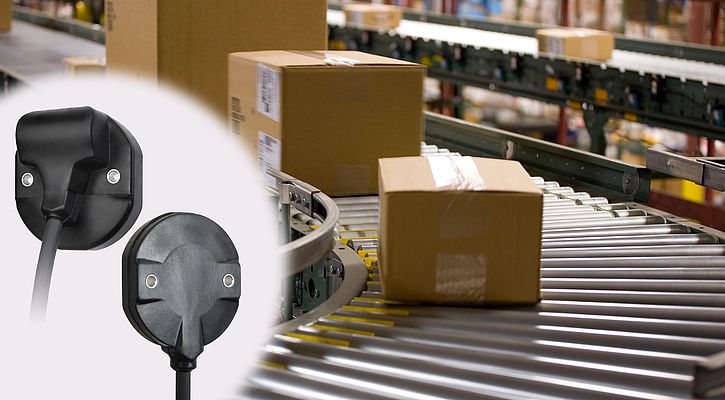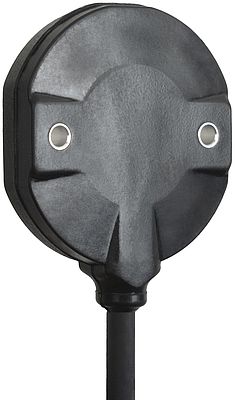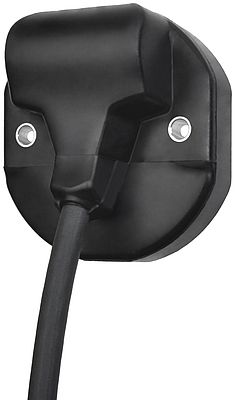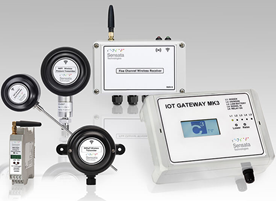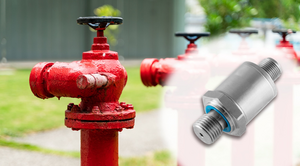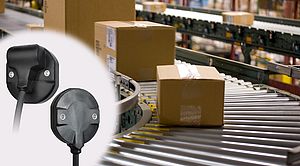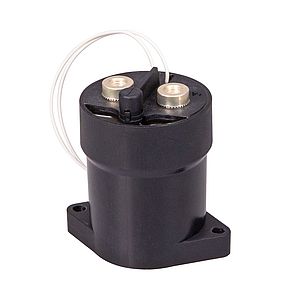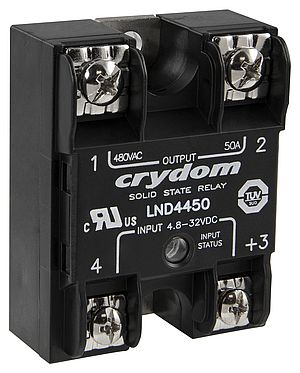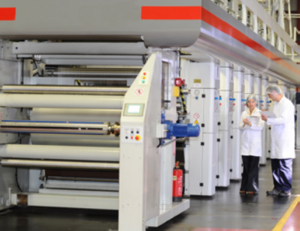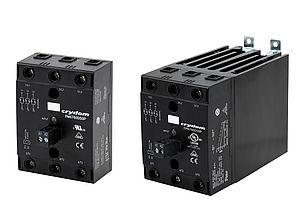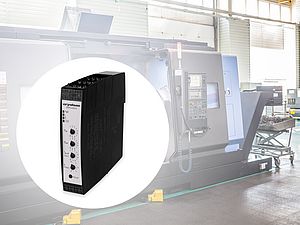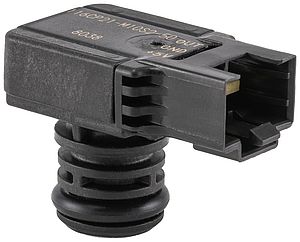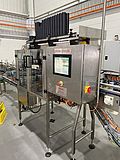The new ACW4 single turn and TCW4 multi-turn modular rotary hall effect sensors with IO-Link from Sensata Technologies push automation forward with simplicity, configurability, and diagnostic features. IO-Link integration standardizes the sensors’ outputs thus they are able to communicate in any IO-Link enabled fieldbus network, simplifying installation and replacement. The new interface capability allows for sensor connection from an ERP all the way down to the component level – enabling Industry 4.0 and Industrial Internet of Things (IIoT) environments.
Space and development cost savings
Using IO-Link simplifies the need for designing custom IO boxes to translate various sensor outputs into the fieldbus standard for an application. Through this standardized method of communication, the ACW4 and TCW4 sensors can provide digital, point-to-point signals which connect directly to any IO Link Master. As IO Link Masters are made with a variety of fieldbus interfaces, the existing fieldbus part of a system can remain the same. IO Link also provides universal power supply capability, further simplifying the system’s design.
The new IO-Link features for both rotary hall effect sensors comprise 24 Volt operation, maximum 20m connection length (as specified by IO-Link standard), enhanced diagnostic and “record-keeping” functions, and event notification for out-of-spec or warning situations. Bryan Siafakas, Product Line Director of Sensata Technologies’ Industrial Sensing Portfolio, commented: “In addition to its compact size, the second generation of this product takes advantage of the IO-Link standard to enable user access to additional diagnostics data from the sensor. Users can now monitor parameters like internal temperature, running hours, voltage level and synchronization to identify anomalous conditions.”
Ideal for use in robotics and conveyor applications found in inspecting, packaging, sorting and palletizing equipment
This diagnostic data enables the operator to better understand the health of the sensor and arrange for planned maintenance, preventing downtime. The electronics are contained in an IP65 rated, over-molded plastic shell which keeps them environmentally sealed. At about 11mm thick, these rotary Hall effect sensors are very compact and flat. The magnet component is separate, and a range of magnet holders is available to fit a variety of installations. This combination of small size and two-part configuration provides developers with additional design flexibility.
"As Sensata continues to expand its solutions in smart technology, new products like the ACW4/TCW4 with IO-Link will deliver more value to our customers as the need for components tailored to automation grows to accommodate Industry 4.0 and Industrial IoT environments," explains Naoto Mizuta, Vice President of Sensata’s Industrial business.
The ACW4 and TCW4 rotary position sensors are suitable in robotics and conveyor applications commonly found in inspecting, packaging, sorting and palletizing equipment where IO-Link helps maintain a smooth-running system, minimizing material loss and improving package accuracy and delivery.


